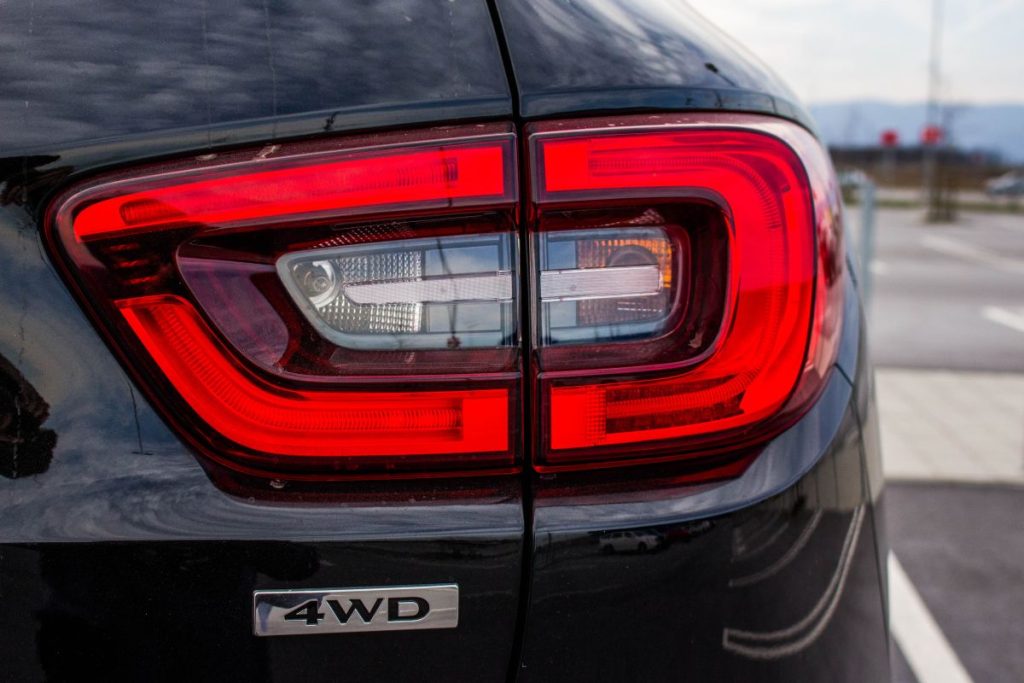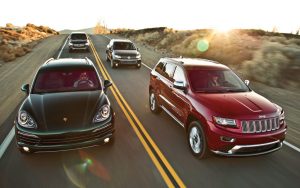
When buying a car with all-wheel drive, the question often arises – which is better, 4WD or AWD? Although they may seem similar at first glance, these two systems have key differences that affect driving, safety, and adaptability to various road conditions.
4WD, also known as four-wheel drive, is mainly used in off-road vehicles and classic off-road models. Its biggest advantage is the ability to manually engage and adapt driving to different conditions. This system usually offers a two-wheel drive (2WD) option for fuel saving, as well as 4WD High and 4WD Low modes for different types of terrain. 4WD Low enables slower but more powerful driving, which is especially useful on steep inclines, rocky terrain, or deep mud. However, one of the disadvantages of this system is that it is not intended for continuous driving on asphalt, as it can lead to increased wear of mechanical components.
On the other hand, AWD, or all-wheel drive, is usually always active or automatically engages when sensors detect a loss of traction. AWD is ideal for drivers who want extra safety in bad weather conditions, such as rain, snow, or slippery roads. Its advantage is that it does not require manual activation – the electronics take care of the optimal power distribution between the front and rear axles, thereby improving stability and vehicle control. AWD is often used in SUVs, crossovers, and sports cars because it provides better grip on asphalt, but it is not intended for extreme off-road conditions like the 4WD system.

The choice between AWD and 4WD depends on the driver’s needs. If the primary purpose of the vehicle is everyday driving with occasional trips on gravel or snowy roads, AWD is a better choice due to its practicality and automated operation. However, if you plan to drive through difficult terrain, deep snow, or demanding off-road adventures, 4WD offers greater control and power when it’s needed most.
Given the increasing popularity of SUVs, AWD is now present in many models that offer higher ground clearance and safer driving in adverse conditions. Still, true off-roaders continue to rely on classic 4WD, as it provides top-tier off-road capabilities. In the end, the right choice depends on where and how you most often drive – city traffic and highways call for AWD, while the wilderness and inaccessible terrain demand powerful 4WD.





